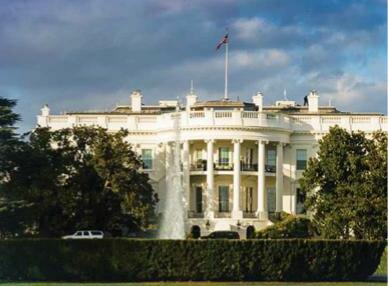
1 THE WHITE HOUSE WAS PARTIALLY BUILT BY ENSLAVED WORKERS
Construction on the White House began in 1792 on a site in Washington DC selected by the first US president, George Washington. Over the next eight years, a mix of free African-American and white wage labourers, enslaved workers and skilled craftsmen toiled on the project, undertaking duties such as carpentry, stonemasonry and bricklaying.
Some of the enslaved workers were owned by the city commissioners charged with overseeing the project, as well as the building's architect, James Hoban. The vast majority, however, were hired from their owners in Washington DC, Virginia and Maryland, who then pocketed the enslaved people's wages.
Interestingly, many of the construction crews were shuttled back and forth between the White House and the nearby United States Capitol (built between 1793 and 1800), depending on which building site needed labour or had the most available materials at the time.
2 THE BUILDING WAS SET ON FIRE BY BRITISH FORCES
In August 1814, two years into the War of 1812, British forces marched into Washington DC and torched nearly all of the city's public buildings in retaliation for the damage that they had inflicted on York (now Toronto), Canada, the previous year.
Urban legend suggests that a rainstorm arrived and saved the White House from complete destruction. The truth, however, is that the rain actually made the damage worse. While the wet weather saved the surrounding buildings from catching fire, it nearly destroyed the walls of the White House altogether. The stone walls were incredibly hot from the fire and the cold rain caused them to shrink and crack.
Esta historia es de la edición Christmas 2023 de BBC History Revealed.
Comience su prueba gratuita de Magzter GOLD de 7 días para acceder a miles de historias premium seleccionadas y a más de 9,000 revistas y periódicos.
Ya eres suscriptor ? Conectar
Esta historia es de la edición Christmas 2023 de BBC History Revealed.
Comience su prueba gratuita de Magzter GOLD de 7 días para acceder a miles de historias premium seleccionadas y a más de 9,000 revistas y periódicos.
Ya eres suscriptor? Conectar
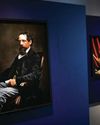
'Dickens's evocation of the fears, excitement and confusion of childhood is peerless'
DR LEE JACKSON ON WHY CHARLES DICKENS REMAINS RELEVANT TODAY
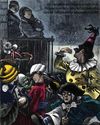
THE AUTHOR GOES ABROAD
Dickens expanded his horizons and boosted his fan-base by venturing overseas - but global fame came with a cost
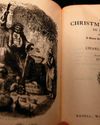
REVIVING THE FESTIVE SPIRIT
A Christmas Carol wasn't just a bestseller - it changed the way that Britons chose to mark the festive season

GIVING THE POOR A VOICE
From Hard Times to Oliver Twist, Charles Dickens used his pen to help illuminate the lives of the less fortunate
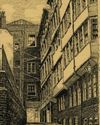
A JOURNEY THROUGH DICKENS'S LONDON
The works of Charles Dickens are synonymous with visions of Victorian London. We talk to Dr Lee Jackson about the author's love of the capital, and the locations that most inspired him
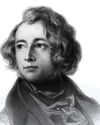
EXCEEDING EXPECTATIONS
Dr Lee Jackson chronicles Charles Dickens's journey from down-at-luck teenager to titan of Victorian literature
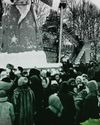
GIFTS, TREES & FEASTING
We take a journey through the photo archives to reveal how Christmas and its many traditions have been celebrated over the years - and around the world
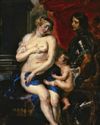
WHAT GREAT PAINTINGS SAY
We explore the story behind an allegorical painting that celebrates the triumph of love over hate, peace over war
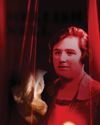
HELLISH NELL
Malcolm Gaskill delves into the life of Helen Duncan - the fraudulent Scottish medium whose ectoplasm-filled seances saw her ending up on the wrong side of the law
